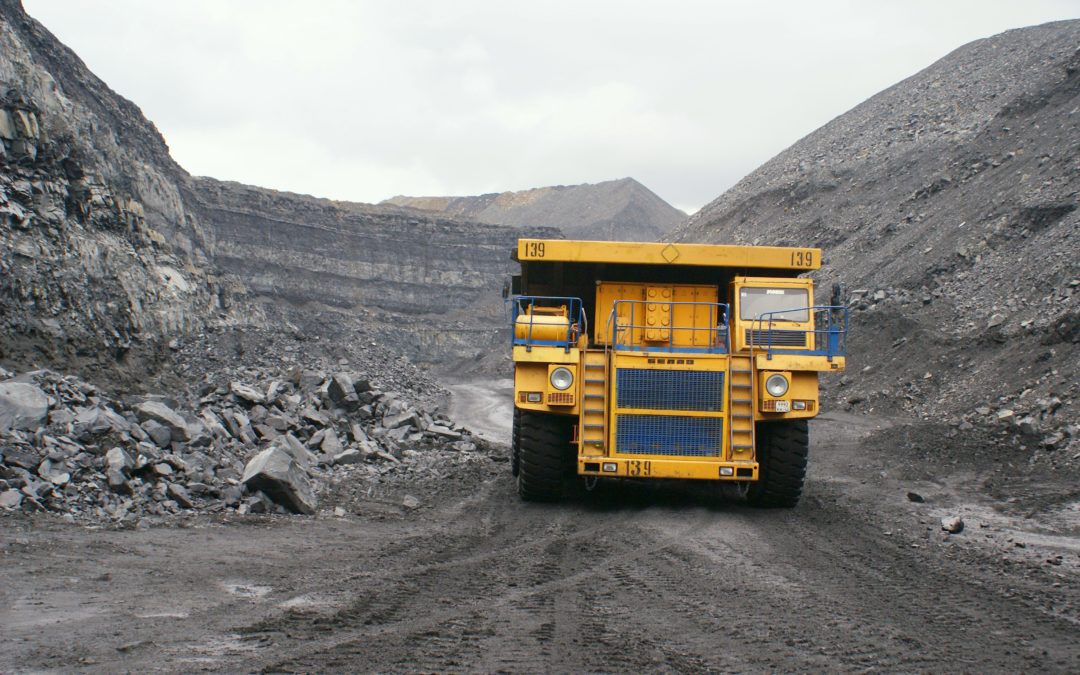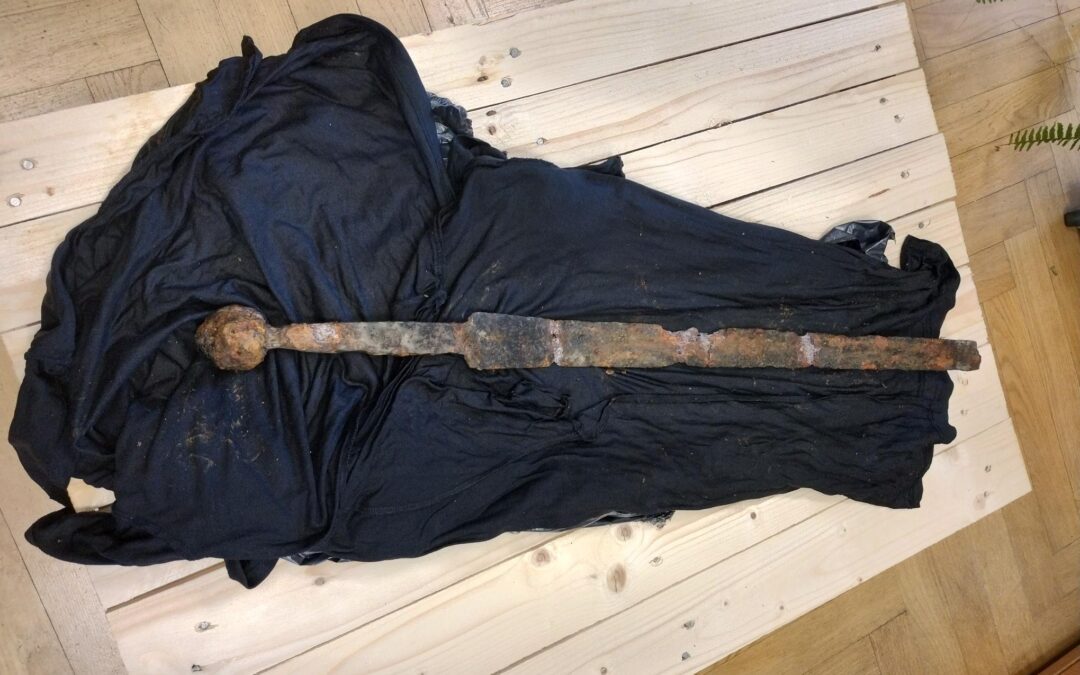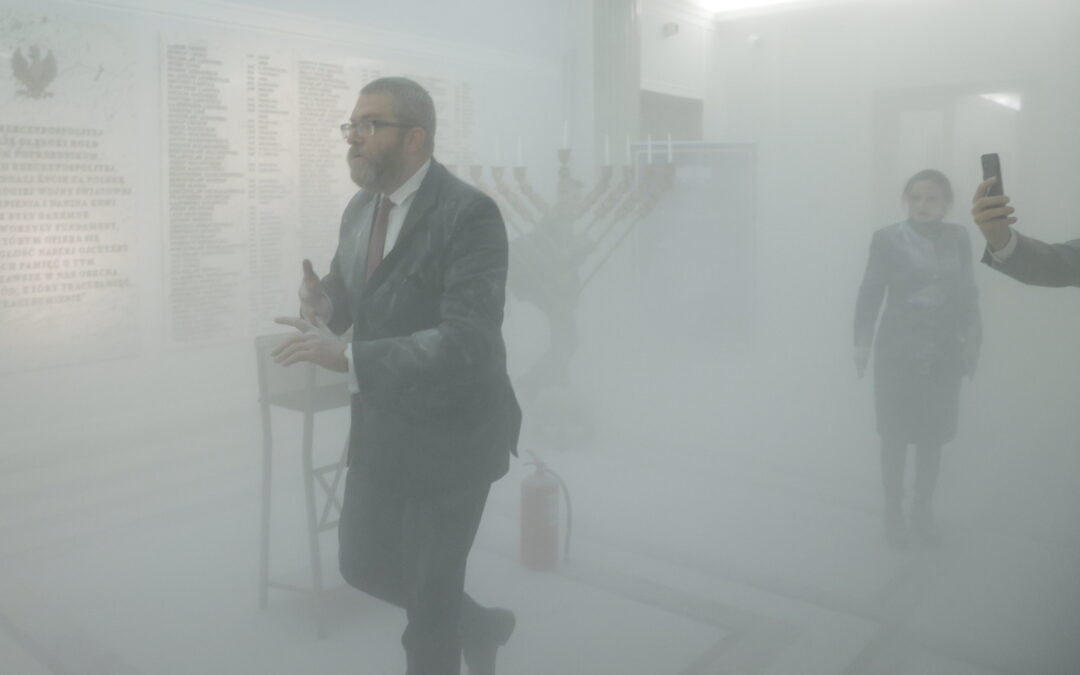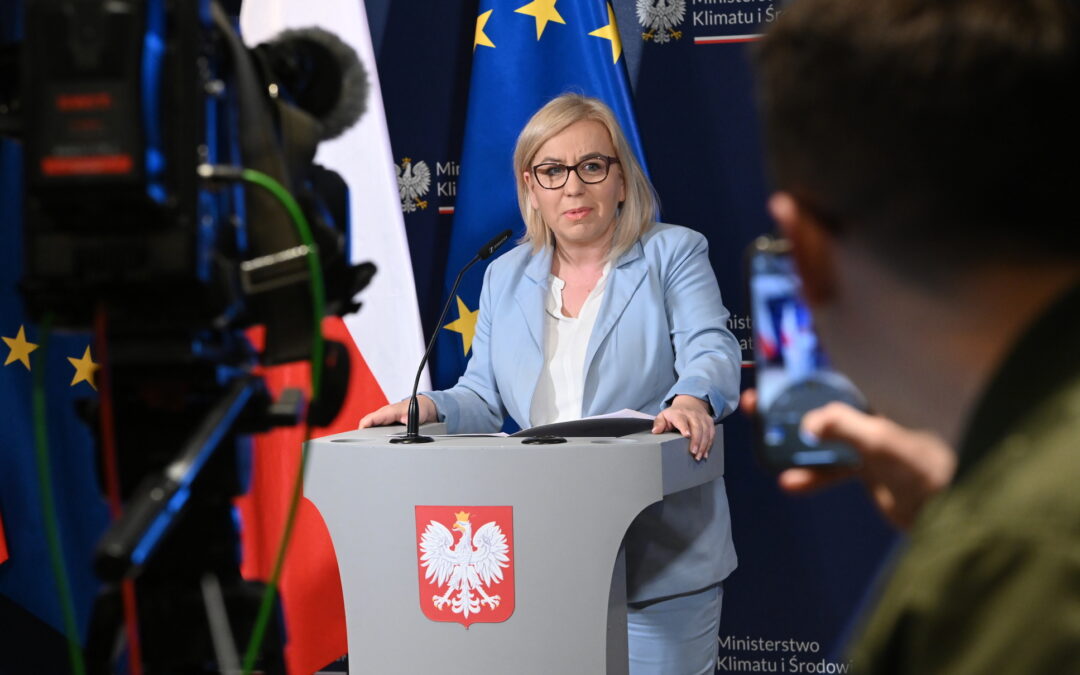By Karolina Baca-Pogorzelska and Michał Potocki
At the same time as it is freeing itself from Russian gas, Poland has been importing record amounts of Russian coal, including from the occupied Donbas. What is going on?
Before the 2015 Polish parliamentary election, politicians from the then opposition Law and Justice (PiS) party claimed that Russian coal was of bad quality, that importing it was indirectly supporting Vladimir Putin, and that therefore all available measures needed to be taken in order to raise the import duty, or even to ban imports altogether.
However, just three years later, and with PiS now the ruling party, a new record high in coal imports was set in 2018. Nearly 20 million tonnes of coal, 70% of it from Russia, was imported to Poland. This year, PiS changed the narrative, admitting that Russian coal was cheap and good-quality. Additionally, it supposedly filled a gap in the national mining market.
This is only a half-truth, because while Russian coal does in fact have good parameters (for example, it contains less sulphur), there is no gap in the Polish market to fill – Polish mining companies are currently sitting on 4.5 million tonnes of unsold raw material. Russian coal is nonetheless more desirable in the heating sector, which does not have the funds to install expensive desulphurisation systems in order to meet EU regulations stipulating a sulphur content in coal of no more than 0.6%. Most Polish coal has a higher sulphur content than that.
What prompted PiS to make such a radical change in its coal strategy? No one can say for sure, especially since it was this government in particular that successfully tackled the problem of Poland’s dependency on Russian gas supply. This might have happened earlier, when Jerzy Buzek’s government (1997-2001) signed an agreement for construction of a pipeline from Norway to Poland, but Leszek Miller’s administration (2001-2004) annulled the deal.
As a result, the Baltic Pipe Project, the proposed pipeline from Norway through Denmark to Poland, is coming to fruition only now. Supply reduction of Russian gas was also made possible by the Świnoujście LNG terminal, where liquefied natural gas from Qatar and the United States arrives. Plans to increase this supply source are ongoing.
Russian coal imports
As late as 2016, PiS promised an import blockade on Russian coal, ignoring both Poland’s EU membership (all member states would have to agree to a blockade) and Russia’s WTO membership. This was not a new idea, as the previous Civic Platform (PO) and Polish People’s Party (PSL) government planned to submit an anti-dumping complaint against Russia.
The Polish government at the time accused Russia of keeping coal prices artificially low not so much by subsidising the mining industry as by subsiding railway transport through the state-owned Russian Railways, which resulted in low prices of Russian coal in EU countries. The complaint was not successful, as Poland did not seek support from other EU member states.
In May 2019 we wrote in our newspaper, Dziennik Gazeta Prawna, that the prices of Russian coal in the EU might sink still further thanks to Russia subsidising the western transport routes at the expense of those going east – not only due to intended expansion into the Polish market but also into the German one. The last German black coal mine was closed in 2018, which means that since then all the country’s black coal-fired power plants have had to rely on imported coal.
Our speculation was proven right by the Russian giant KTK. Even though the new price lists were first published at the beginning of September, three weeks later KTK started offering its regular customers, in a less official manner, prices even 30% lower in the case of the most expensive types of coal. The main reason: shrinking coal imports to Poland in 2019.
This is not caused by the better condition of the Polish mining sector; the real reason is the growing heaps of unsold coal in mine yards, amounting to 4.7 million tonnes at the end of September. According to the website Wysokienapiecie.pl, power and heat stations are stocked up for the winter, having amassed nearly 9 million tonnes of coal.
Polish black coal mines and the biggest power plants are state-controlled, meaning the government has a say when it comes to unsold Polish raw material. Politicians remember the situation in 2011, when the first record in coal imports was set (15 million tonnes). Miners made their displeasure clear at the time, blocking the border crossings in Eastern Poland.
According to the latest Eurostat data, coal imports for the first eight months of this year were significantly lower than last year’s figures. In the period from January to August 2019, 10.7 million tonnes of coal were imported compared to 12.1 million tonnes in the previous year (with 7 and 9.1 million tonnes respectively coming from Russia). This means an import drop of 2.1 million tonnes of raw material by the end of August. However, at the same time, imports of supposedly Russian anthracite increased.
Coal from occupied Donbas
Why “supposedly Russian”? Since October 2017 we have been reporting for Dziennik Gazeta Prawna on the import to Poland of anthracite from the occupied Donbas region of Ukraine. Anthracite, the type of coal with the highest energy density, is imported to Poland and many other countries based on its Russian import documents.
According to Eurostat, since the Ukrainian anthracite mines came under Russian occupation all the anthracite imported to Poland has come from Russia. According to our sources, however, 35-40% of this raw material in fact comes from the Donbas region.
Separatists from Donbas and Luhansk seized control of state-owned mines in 2014 and privately owned ones in 2017. After many disagreements, control of exports went to Serhiy Kurchenko, a Ukrainian oligarch, who fled to Russia after President Viktor Yanukovych’s removal from power in 2014.
Kurchenko pays the mines around 30 dollars for a tonne of a raw material with a real market value of 150-180 dollars. The coal is then transported by train into Russian territory, where it receives a Russian certificate of origin, before proceeding to Europe through Belarus. The alternate route leads to the harbours of Ust-Luga, Azov, Rostov-on-Don or Taganrog, and then to Turkey, Romania and the Benelux countries.
According to Eurostat data for the first eight months of this year, Poland imported 211,300 tonnes of anthracite, compared to 244,200 tonnes in the same period in 2018. Based on our sources, however, we know that 360,000 tonnes of Donbas anthracite was imported to Poland from March 2017 to July 2019. Its overall export from the occupied part of Ukraine amounts to a few million tonnes yearly.
In Poland this anthracite is not used in the energy sector, but in industry, especially steel, where it is utilised in the production of carbonisers and slag foamers. It can also partially replace the more expensive coke in the ammonia-soda production process.
In Ukraine, however, it is mostly used for energy purposes – before the war the mines of the Donbas region supplied 10-11 million tonnes of this fuel each year. In 2014, Russia completely cut Ukraine off from control over anthracite reserves, as this type of coal is not mined in the territories controlled by Kyiv.
Even after the Ukrainian government introduced a ban on trade with separatists at the beginning of 2017, it was still buying Russian anthracite. This raw material came partially from Siberia, but also in part – as recently acknowledged by Ukrainian president Volodymyr Zelensky – from Donetsk and Luhansk.
During the two years in which we have been covering anthracite imports from the occupied Donbas region, both the Polish and the Ukrainian governments have failed to take a clear stance on this issue. The European Union likewise.
The most decisive measures were taken by the United States administration, which decided to extend sanctions on Russia to include the “heroes” of our story – the anthracite dealers from the occupied Donbas region – as early as 2018, a few months after our first article on this topic.
For the first time since 1989, a company registered in Poland appeared on this list. This is Docoaltrade from Katowice, which we were the first to write about. The company’s owners are Alexander Melnichuk, the former deputy energy minister in the so-called Luhansk People’s Republic (LPR), and Roman Ziukov, son of Yurii Ziukov, the former Ukrainian deputy energy minister in the cabinet of Yulia Tymoshenko (and privately also the godfather of her granddaughter).
Even though Poland has been reducing its dependence on Russian gas – as confirmed by the recent announcement that Poland will not be renewing its long-term contract with Gazprom after 2022 – the country is still heavily contingent on the import of Russian coal. And it is hard to predict when this tendency will change.
Translated by Joanna Cabaj




















